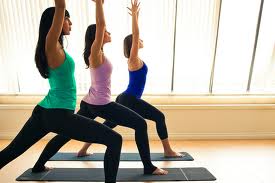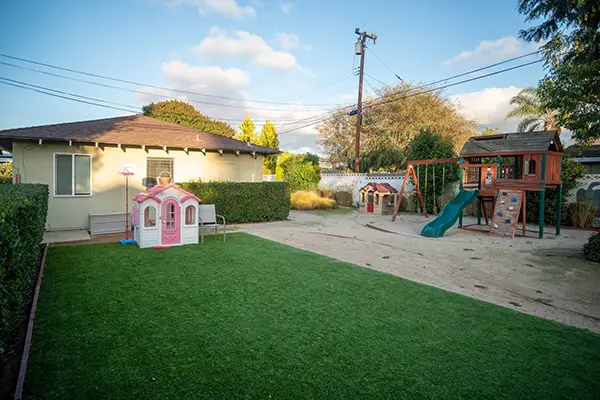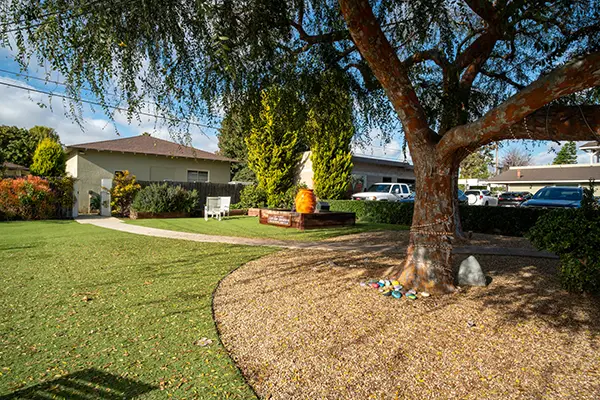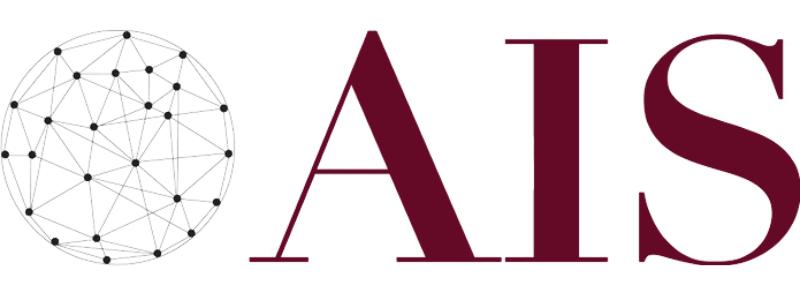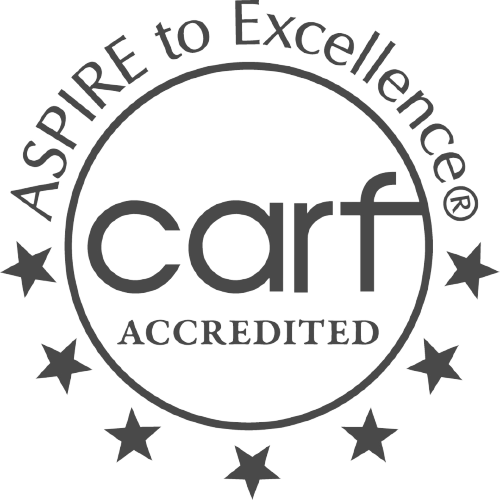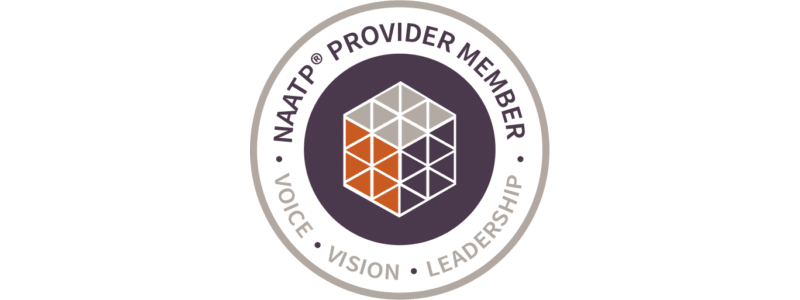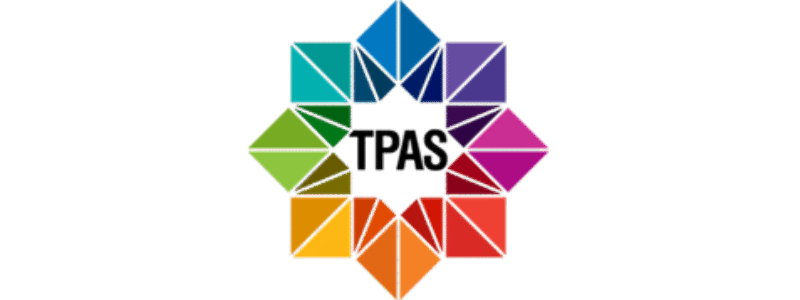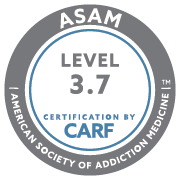Millions of people all over the world are addicted to one substance or another as a way to cope with the stresses of life. Since substance abuse and drug addiction have such terrible consequences for the lives of those who are addicted as well as their loved ones, there is a great need for effective addiction treatment to help addicts deal with temptations to use and abuse drugs and other substances.
Alternative therapies such as acupuncture, tai chi, and even yoga are increasingly being used in combination with other therapies and treatments to get addicts off of drugs and to help them remain drug-free. Studies show that yoga for addiction recovery can truly be beneficial in helping people to get off of drugs since yoga is a proven stress reliever.
More than 80 percent of people in the U.S. who practice yoga say they felt less stressed since picking it up. Although there isn’t physical evidence that yoga for addiction recovery can help you stay off drugs and alcohol, it can improve your cognitive thinking and help keep you from relapsing.
How Does Yoga for Addiction Recovery Work?
Yoga is the use of physical postures to learn how to connect the mind, breath, and body by focusing inward and gaining self-awareness. It’s also known to improve sense of well being and mood. About 21 million people practice yoga annually in the U.S. for simple reasons like stress and pain relief. It can especially help you when you’re recovering from addiction, too!
A yoga class will normally be anywhere from 45 minutes to an hour and a half. You’ll want to take a class with a trained instructor or someone who has a wealth of experience practicing it. When you pose the body in a certain way, your flow of energy will open as parts of your body align properly. Once this happens, your mind can open up and create a balance between body and mind.
Even though yoga isn’t attached to a religion, it’s not uncommon for people to grow in their spirituality as they practice.
The practice of yoga has four areas that can help addicts struggling with their drug addictions: breathing, flow, restoration, and meditation.
Breathing
The breathing exercises in yoga not only help to get more oxygen into the body to promote healing, but they also help people to feel more “centered” and “in control.” These types of exercises help to calm the body and mind.
Flows and Restoration
Practicing a series of yoga poses such as a salutation can help an addict feel more connected with their lives, and can help them begin and end each day with a sense of purpose and connectedness with themselves and their bodies. Having this sense of connection makes the addict more willing and likely to take better care of themselves and resist temptations to abuse their bodies with drugs.
By performing restorative poses in yoga (“flows”), the addict stretches out the tensions from the stress they carry with them in their bodies and can help them to relax from stress.
Meditation
Finally, yoga also features meditations with many of its poses that can help improve the addict’s sense of well-being and purpose. When combined with other therapies such as counseling, support groups, and healthy nutrition, yoga can be very beneficial in helping almost anyone beat their addiction to alcohol, drugs, or other harmful habits in a safe, natural way that aids in the healing process.
New York psychotherapist Mary Margaret Frederick, Ph.D. says, “Addicts are profoundly out of control internally. They have knee-jerk panic reactions and tempers. The will and determination that yoga requires to help people regain control over their body and their mind.”
The Effects of Yoga on the Brain
Substance abuse can change your brain chemistry to the point where your body needs drugs or alcohol just to function daily. Yoga for addiction recovery might be able to help with this once you stop using.
Studies show that yoga greatly improves stress. It might balance and regulate stress hormones like adrenaline and cortisol. Some studies also suggest that practicing yoga enlarges grey matter and other areas of the brain that control stress, like the hippocampus.
Stress is a part of every individual’s life, and many people often turn to drugs or other substances and harmful habits as a way to cope with it. When people feel stressed out, they are more likely to let their guard down and relapse into former bad habits. The regular practice of yoga has been shown to lower blood pressure, and also promote the release of endorphins, the body’s natural pain killer, which can help ease aches, pains, and inflammation and also improve depression and even feelings related to self-esteem.
Yoga might also increase levels of gamma-aminobutyric acid (GABA), which helps manage stress and anxiety. The more GABA you have, the less stressed you feel. Since stress and anxiety are both typical withdrawal symptoms, yoga for addiction recovery could help reduce them.
Popular Types of Yoga
Although there are several kinds of yoga, below are a few of the most practiced types of yoga around the world.
Hatha
Hatha is the most common type of yoga in the U.S. This form involves meditation and posture exercises that aim to heal the mind, body, and soul through breathing exercises and poses.
Bikram
This type of yoga is also known as “hot” yoga since it takes place in a 100-degree room. Made up of 26 physically demanding poses, Bikram yoga aims to cleanse the body and release tension through sweating.
Bhakti
Bhakti yoga focuses on devoting love to a higher power by involving chanting, also known as mantra meditation.
Karma
This aims to reduce ego and get rid of self-centeredness. Practitioners learn to separate themselves from their actions by performing various body movements.
Jnana
In jnana yoga, people use meditation to find self-realization and wisdom. During sessions, they also use conscious illumination, self-reflection, and self-questioning.
No matter what type of yoga you practice, you’ll find inner peace and healing once you start. You’ll see results over time if you keep practicing regularly.
Benefits of Yoga for Addiction Recovery
One of the best things about yoga is that you don’t need a lot of equipment. You can practice it virtually anywhere you want at any time. When combined with traditional medicine, yoga can benefit you in many different ways.
When you focus your energy inward during yoga, you become self-aware. You can start to take responsibility for your actions while also controlling the way you feel about specific situations. In becoming self-aware, you can recognize cravings for drugs and alcohol, and you can then learn how to manage these instead of giving into them.
Since withdrawal symptoms can disrupt your sleep quality, yoga can help you sleep better and also increase your energy. When your sleep improves, you can better handle stress during the day, letting you think clearer and making you less irritable.
Other benefits of yoga for addiction recovery include:
- Increased physical strength and stamina
- Improved self-image and heightened confidence
- Better sleep
- Emotional healing
- Less fatigue
- Improved overall health and wellness
All of these features can help addicts to feel better and more positive or grounded in their identity so that they have the strength to resist cravings and temptations to relapse into drug use.
Treatments Used with Yoga for Addiction Recovery
As we’ve previously mentioned, yoga can work wonders in addiction recovery when combined with other medicines. Below are some treatments you can combine with yoga.
Detox
When recovering from drug and alcohol addiction, detox is the first step. Before you can even think about truly giving up substances, you must go through detox to rid your body of harmful toxins. Our medical professionals will supervise you when you go through detox in case you have withdrawal symptoms.
If this is the case, we’ll provide you with medication to help soothe your symptoms. After you finish detox, your body won’t be dependent on substances, and you can start your mind and soul.
Inpatient Treatment
You’ll need inpatient (residential) treatment if you have a severe addiction. Inpatient treatment provides you with 24/7 care, and here you’ll have the best chance of recovery. You’ll stay in our facility every day, and you won’t be surrounded by triggers that could lead you to relapse.
While you participate in evidence-based therapies like cognitive behavioral therapy (CBT), you can also incorporate yoga.
Partial Day Treatment
In partial day treatment, you’ll only come to our facility for a few days a week for a few hours each day. Although you won’t return home after treatment, you’ll still go to a home-like environment so that you can begin to transition into the real world.
Outpatient Treatment
This is the most basic and least intense level of substance use disorder treatment. You’ll only be in outpatient treatment for a couple of days a week. Those in outpatient treatment can live at home as long as they have a supportive environment to which they can return. If you have only a mild addiction, outpatient treatment is your best option.
Try Yoga for Addiction Recovery at New Directions
At New Directions we understand the power of yoga in the recovery process. New Directions for Women offers the same option to women, children, and families who desire a similar result.
Our women’s-only facility in Costa Mesa, can provide you with the treatment you need to conquer substance use disorder. Know someone who needs treatment (even if they are not a female)? Contact us today. We can help.
Reference:

